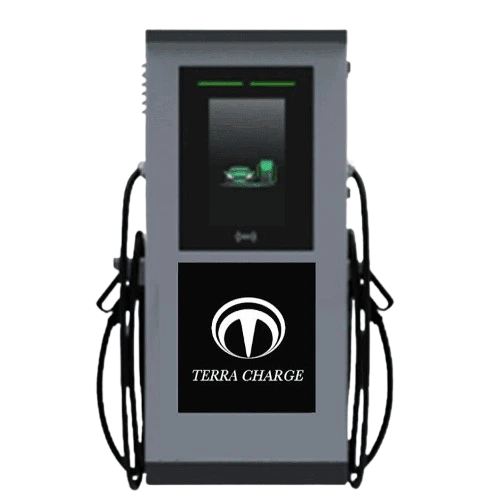Electric vehicles are often seen as more sustainable than traditional internal combustion engine vehicles, but there are debates about the sustainability of EV batteries. However, contrary to skepticism, EV batteries can have multiple uses beyond their initial vehicle lifespan, reducing the need for disposal in landfills.
Life of Battery in Electric Vehicle
In its first life, an electric vehicle battery typically lasts 15-20 years, much longer than the average lifespan of 3-5 years for traditional internal combustion engine vehicles. Manufacturers provide extended warranties of up to eight years or 100,000 miles due to the confidence in battery performance. EV batteries, similar to those in mobile phones and laptops but larger, gradually lose capacity over time due to charging and discharging cycles. However, even after 200,000 miles, they should still retain at least 70% of their capacity, with ongoing technological advancements further improving durability. To maximize lifespan, it’s advised to charge up to 80% and avoid rapid charging.
Second Life as a Battery
In its second life, when an EV battery’s efficiency for powering a car drops to 70% or less, it remains valuable. These batteries find a sustainable role as storage units. When paired with renewable energy sources like solar or wind power, they store excess energy for organizations. This not only enhances resilience but also offers opportunities to reduce energy expenses, showcasing the continued usefulness of EV batteries beyond their initial vehicle phase.
Another option inn their second life, is that the retired EV batteries, though no longer suitable for electric vehicles, retain significant capacity, finding use in various applications like home emergency power supply. For instance, they can be integrated into stationary energy storage systems, capturing excess renewable energy and balancing the electricity grid while reducing reliance on fossil fuels. Additionally, repurposing old EV batteries for off-grid scenarios offers sustainable power solutions for remote locations, addressing energy accessibility challenges. This underscores the versatility and practicality of EV batteries beyond their initial use.
The Recycling Life of Battery
In its third phase, retired EV batteries can undergo recycling instead of being discarded in landfills. Extracting and recycling materials from lithium-ion batteries, while complex and risky due to hazardous contents, is being addressed by manufacturers and EV suppliers. Currently, only about 5% of lithium-ion batteries are recycled, but efforts are underway to increase this percentage. Recycling yields cathode metals, aluminium, and copper, essential for manufacturing new EV batteries and other products, reducing reliance on mineral-rich countries.
The growing battery recycling market is driving advancements in recycling technologies, such as Veolia’s planned EV battery recycling facility in the UK. This facility, utilizing ‘urban mining’, promises reduced water consumption and greenhouse gas emissions compared to extracting fresh raw materials. Recycling EV batteries conserves resources, minimizes greenhouse gas emissions, and plays a significant role in sustainable resource management.
The Disposal of Battery
The final option for handling old EV batteries, though the least environmentally friendly, is disposal in a landfill. However, this should only be a last resort due to the potential environmental harm from toxic chemicals in lithium-ion batteries.
To minimize adverse effects, it’s crucial to follow safe and responsible disposal practices. Proper handling prevents harmful chemical leakage into soil and water, safeguarding ecosystems.
Conclusion
The electric vehicle batteries have a lifecycle that extends beyond their initial use, showcasing their versatility and potential for sustainability. From powering vehicles to serving as energy storage units and being recycled for resource conservation, EV batteries offer various opportunities for environmental stewardship. However, responsible disposal remains crucial to mitigate potential harm to the environment. Overall, the multifaceted lifecycle of EV batteries highlights their importance in advancing sustainable transportation and energy systems.
FAQs
1. What is the Life Cycle of EV Batteries?
The life cycle of EV batteries includes three main phases: first, their use in electric vehicles for an average of 15-20 years; second, repurposing for stationary energy storage or other applications when efficiency for vehicle use drops below 70%; and third, recycling of materials to recover valuable resources.
2. Do EV batteries Degrade over time?
Yes, EV batteries do degrade over time due to charging and discharging cycles, resulting in a gradual loss of capacity. However, even after extensive use, they should still retain a significant portion of their capacity, with technological advancements continuously improving durability.
3. Do EV Batteries need to be Recycled?
Yes, EV batteries should be recycled to recover valuable materials like cathode metals, aluminium, and copper. Recycling not only conserves resources but also minimizes environmental impact by reducing the need for new mining activities and greenhouse gas emissions associated with battery production.












